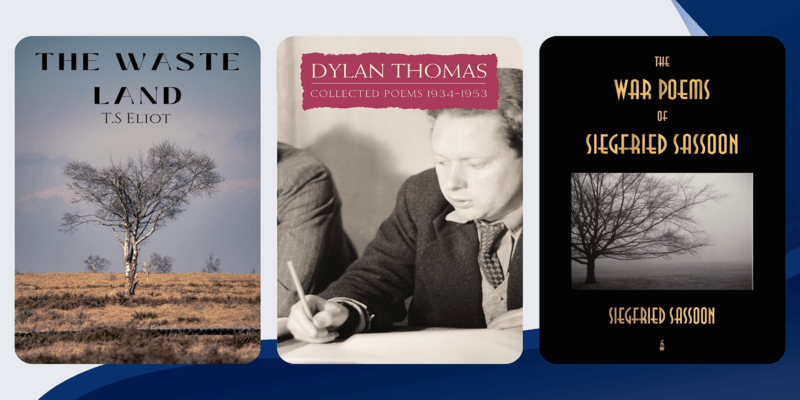“One is not born, but rather becomes, a woman”
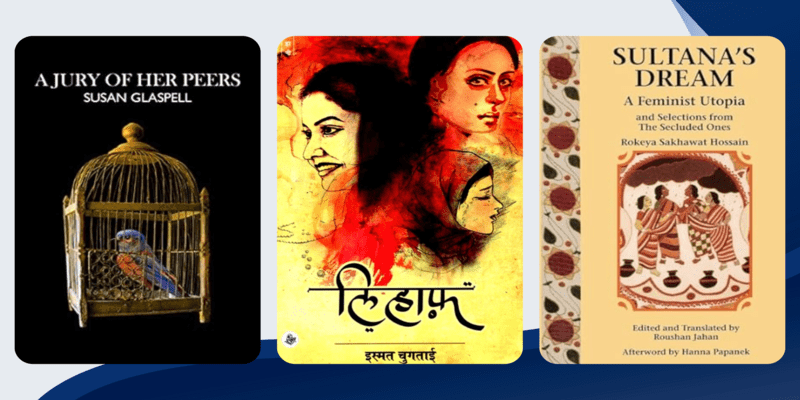
Feminist literature has existed for a long time in history. No matter whether it was recognised or not, it existed in its full form and led to a revolution when it came out in the open. Feminist movements began around the 18th Century when women decided to stand up for their basic voting or economic rights. Definitely, the movement was politically charged, but narratives, poems, and stories have helped the world understand the plight of women. Narratives by women provide a different angle into the lives of subdued and oppressed individuals who talk about their situation through their pens.
These stories are often abrupt and shocking for the common public, leading to changed phenomena in society. Being so startling, such tales often face resistance from the side of the common public and at times, even constitutional trials. These are some of the short stories that have voiced women’s opinions in a manner that the world watched silently.
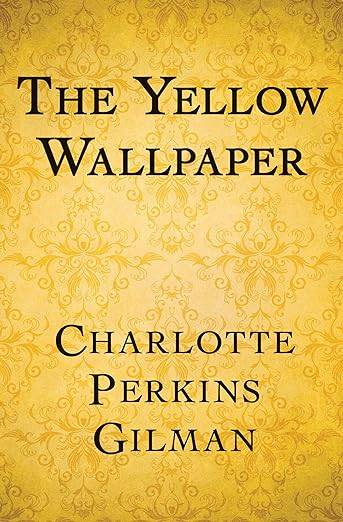
The Yellow Wallpaper by Charlotte Perkins Gilman (1892)
Lauded as a work of horror fiction, Gilman’s short story has served as an important work of early feminist literature. Revolving around a woman and her husband, this narrative highlights the ignorance that women face when it comes to their mental health. The plot revolves around a ‘madwoman’, suffering from ‘temporary nervous depression’. Her husband confines her to the four walls of the house as a cure for her ailment. Instead of engaging her in activities or making her feel loved, he closes the house doors. It results in her obsession with the wallpaper, which she finds ‘sickly’ and ‘bizarre’. As time passes, she comes to believe that a woman is coming out on all four limbs from the wallpaper and intends to help her. In doing that, she starts peeling off the wallpaper. What follows is an uncanny end to the tale, where she assumes herself to be the woman and crawls around the room.

Lihaaf by Ismat Chughtai (1942)
This short story by Ismat Chughtai — a famous writer of her times — faced trial for obscenity. The story is probably the first narrative talking about lesbianism in the Indian subcontinent. It also talks about the neglect that a woman faces in a feudal society, including sexual abuse. The tale is told from the point of view of a small girl. She is the niece of the beautiful Begum Jaan, with a husband much older than her. Her husband, who was famous for not going to any prostitutes, was only doing so because he took an interest in men. Through the hours of the night, the narrator reveals the details of abuse and intended lesbianism, which is never revealed explicitly. The story was adapted to a critically acclaimed film ‘Fire’ by Deepa Mehta.
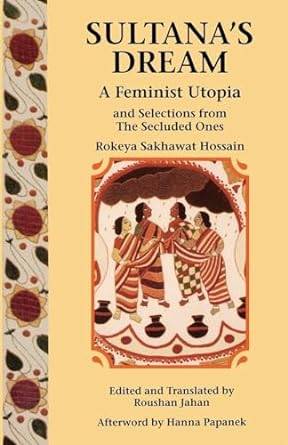
Sultana’s Dream by Begum Rokeya (1905)
A Bengali, utopian story in English, this fantasy tale by Begum Rokeya revolves around a science fiction feminist utopia, ‘Ladyland’. Here, roles are interchanged as women lead the world while men are secluded. Rokeya penned the tale while her husband was on tour. She tried to mirror the practice of ‘purdah’ in the parallel world. The women in this world are technologically proficient and have devised ways of labourless farming. In Ladyland, all crimes are eliminated as men are considered primarily responsible for them. Work day is only two-hour long, and religion only means love and purity. Kitchens have only organic food and cars fly. This fantasy fiction works as a sharp satire. It is for the world to analyse the benefits and results of a world led by women.
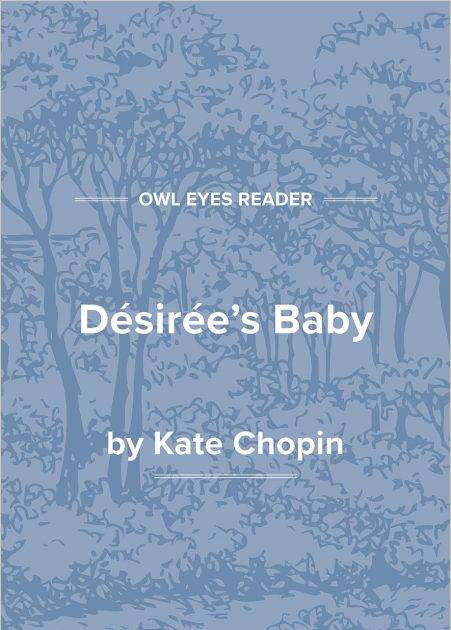
Désirée’s Baby by Kate Chopin (1893)
Set during the antebellum era, Kate Chopin’s short story captures the multiethnic relationships of Louisiana Creoles. Désirée, who is adopted by a French creole couple, grows up in a comfortable atmosphere. She is eventually courted by another upper-class creole French man. After their marriage, she delivers a baby, who happens to be black. Keeping in mind her unknown ancestry, he automatically assumes that she is the one who is responsible for the skin colour of the child. Despite many attempts at providing him with proof, he disregards her. Chopin uses the colour metaphor — black versus white, dirt versus purity, and the hypocrisy of people. The ending is groundbreaking as Désirée’s husband’s origins are also revealed to be black, while hers remain unknown. The conclusion throws light on how a woman’s self-worth and identity are easily questioned not only by the world but also by her own husband, whose trust breaks as she struggles to find her ‘origins’.

A Jury of Her Peers by Susan Glaspell (1917)
Written by American novelist Susan Glaspell, this short story is loosely based on the 1900 murder of John Hossack. It revolves around the discovery and subsequent trial of John Wright’s murder. The tale is seen as one of the prime examples of early feminist literature. This is because two female characters are able to solve what males cannot. The story begins on a cold day in a fictitious town — Dickson County, as Martha Hale is called to the scene of Wright’s murder. The curious nature and focused attention to minute details allow the women to find evidence of Mrs. Wright’s guilt and of her provocations and motives. On the other hand, the men are unable to gather any proper evidence. Critics have stated that Glaspell’s story explores the concepts of the good and the bad, law versus justice, and the world of men versus women. The story was adapted into two suspense-based films as it provides an insight into an intricate female eye in the face of a male-dominated detective world.


